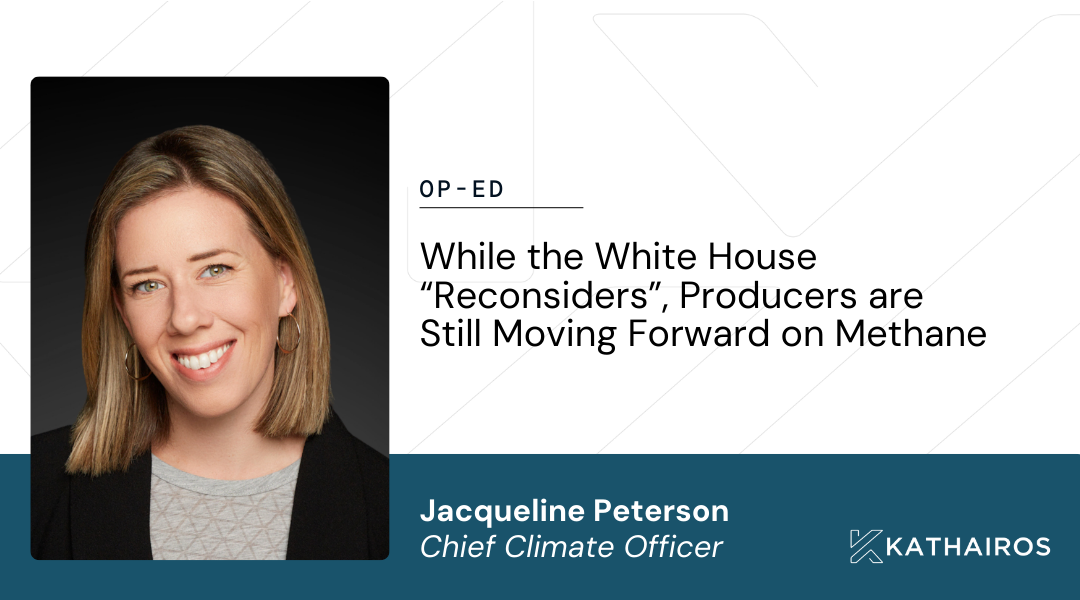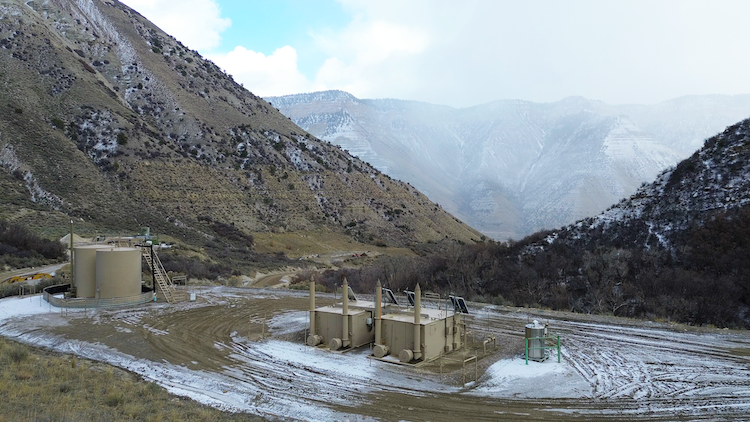
Kathairos has emerged as the leading North American solution for methane elimination from pneumatics, with more than 1,000 systems in operation across North America and over 40 major oil and gas producer partners.
In this post
COP26 saw 200 countries meet in Glasgow to revisit climate pledges made under the 2015 Paris Agreement, which was made with the goal of keeping global warming well below 2°C and ideally limit it to 1.5°C. The summit involved countries outlining their plans to cut emissions by 2030, with the primary goal being the adoption of more measures in order to reach net zero emissions by 2050.
Net zero by 2050
The end of COP26 saw 151 countries submit new NDC’s, or nationally determined contributions, which essentially outline climate plans to slash emissions by 2030. Despite this, the general consensus is that there is more to be done. As the goal to limit global warming to 1.5°C becomes ever increasingly urgent, ministers all over the world agreed that many participating nations need to come back in 2022 with stronger 2030 emissions reduction targets and long-term strategies to reach net-zero emissions by 2050.
Key commitments
Some key collective commitments included reducing methane emissions; addressing forest loss; accelerating the phase-out of coal and the internal combustion engine; and aligning the financial sector with the goal of net zero by 2050, which includes ending international financing for fossil fuels. These landmark decisions mark the first time that negotiators have explicitly referred to the formal shift away from using coal and the phase out of fossil fuel subsidies in COP text.
A spotlight on methane
Among the many pledges made in Glasgow include an agreement by over 100 countries (among which are 15 major emitters) to slash methane emissions 30% by 2030, compared to levels in 2020. Many sources contribute to global methane emissions, which is responsible for at least 25% of human-caused global warming, including but not limited to industrial agriculture, rubbish dumps and the oil and gas industry. The pledge mainly focuses on methane emissions by the latter, so expect to see even more stringent emissions reduction targets within the oil and gas industry in 2022.
What to expect for COP27
Stronger and more aggressive 2030 emissions reduction targets from major greenhouse gas-emitting nations are expected to be seen ahead of COP27, which is set to be held in Egypt later this year. This much is certain: more robust approaches are needed to hold nations accountable to agreements under the Glasgow Climate Pact.
Explore more posts from Kathairos
.jpg)
Decarb Digest, Issue 01: Discover Why Energy Leaders Aren’t Waiting on Washington

Op-Ed: While the White House “reconsiders”, producers are still moving forward on methane

